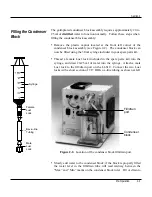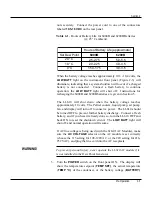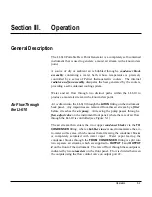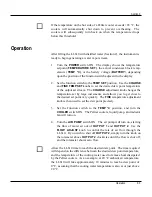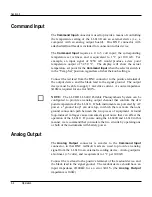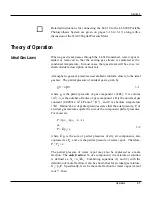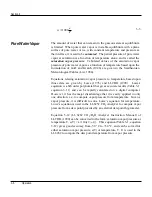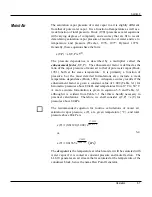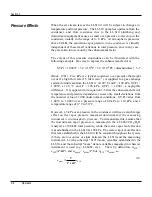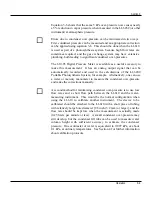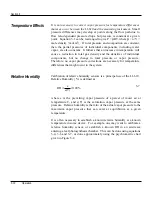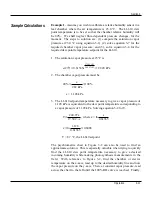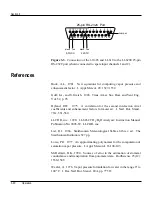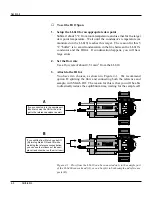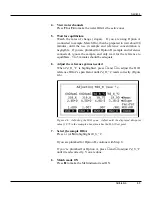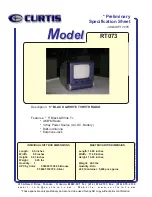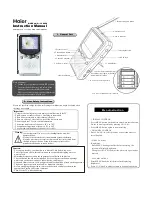
Section 3
3-10
Operation
Temperature Effects
It is not necessary to correct vapor pressure for temperature differences
that may occur between the LI-610 and the measuring instrument. Small
pressure differences may develop at points along the flow path due to
flow rate-dependent pressure drops, but pressure is constant at a given
point. Equation 3-1 can be rearranged to give P =
ρ
RT, where
ρ
= n/V =
mole density {mol m
3
}. If total pressure and composition are constant,
then the partial pressures of individual components, including water
vapor, are also constant. It follows that an increase in temperature will
cause a reduction in total gas density and the densities of individual
components, but no change in total pressure or vapor pressure.
Therefore, no vapor pressure corrections are necessary for temperature
differences that might occur in the system.
Relative Humidity
Calibration of relative humidity sensors is a principal use of the LI-610.
Relative Humidity {%} is defined as
RH
e
e(T)
100%
=
×
3-7
where e is the prevailing vapor pressure of a parcel of moist air at
temperature T, and e(T) is the saturation vapor pressure at the same
pressure. Relative humidity is the ratio of the actual vapor pressure to the
maximum vapor pressure that can exist at equilibrium at a given
temperature.
It is often necessary to establish a known relative humidity at a known
temperature in some device. For example, one may want to calibrate a
relative humidity sensor, or establish a known RH in an airstream
entering a leaf photosynthesis chamber. This can be done using equations
3-4, 3-6 and 3-7, or done approximately using the psychrometric chart
given in Figure 3-2.


